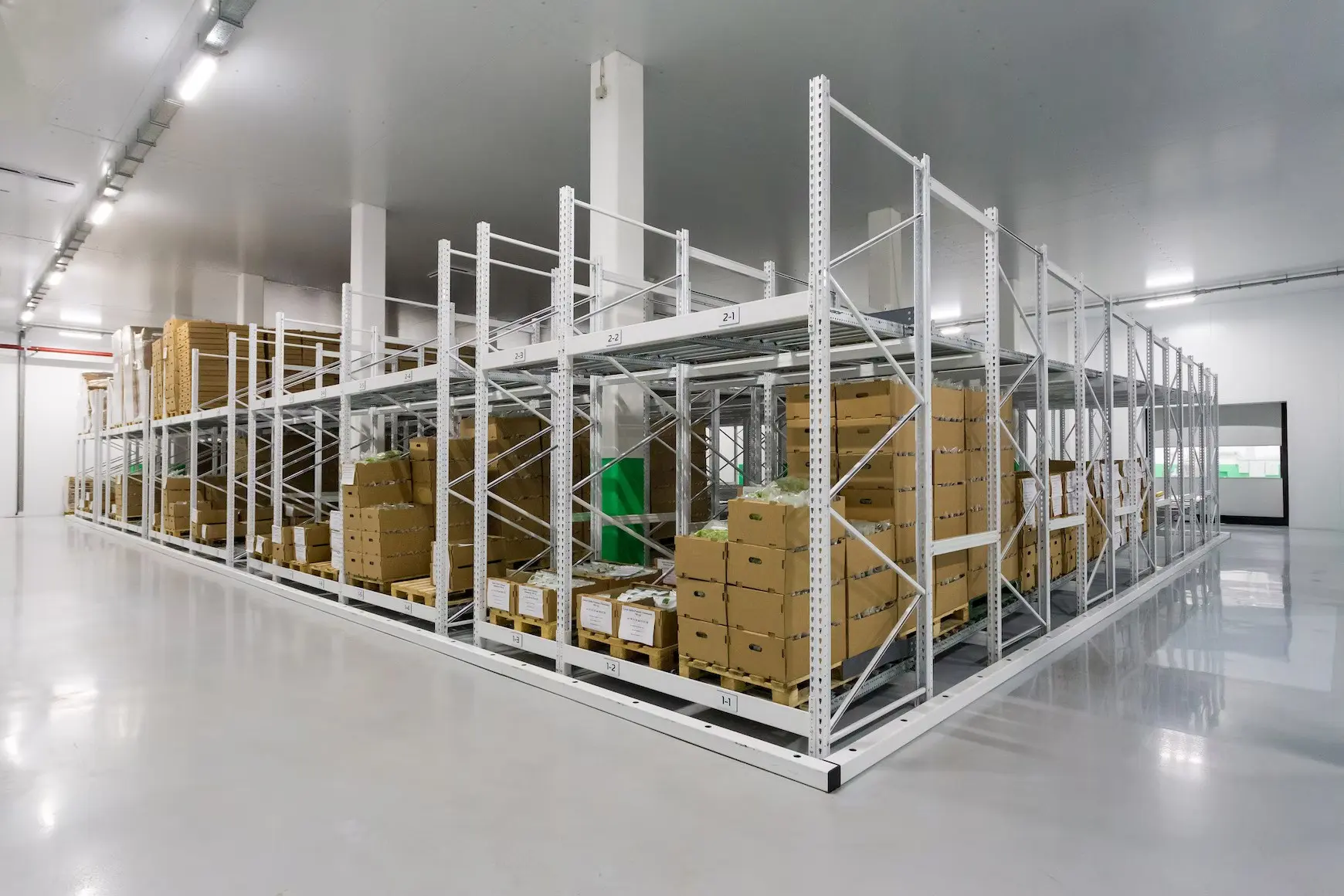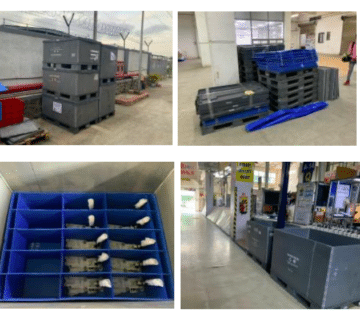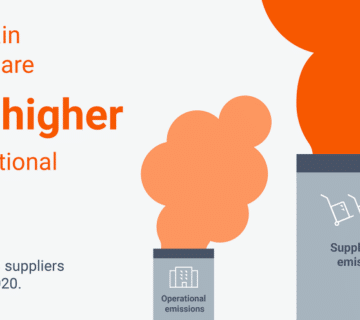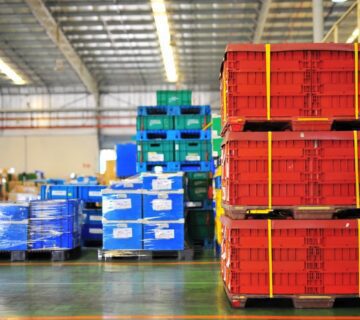IMPLEMENTATION OF AUTOMATED RTI MANAGEMENT SYSTEM
OVERVIEW
Packaging is one of the most significant parts of a logistics system. Without the right packaging solution, processes such as handling and transportation can be complicated, problematic and unsafe along the entire supply chain (SC). Increasing focus on quality improvements and current environmental concerns have increased the popularity of returnable packaging over disposable packaging.
A closed-loop supply chain (CLSC) refers to a bi-directional supply chain between a sender and a receiver that aims to achieve both business and environmental benefits. It has gained attention from both industry and the government, due to growing interest in sustainability and the green economy. CLSCs include forward logistics (procurement of materials, production, and distribution) and reverse logistics (collection and processing of returned products and parts). Due to its bi-directional nature, returnable packaging, or returnable transport items (RTIs), is an essential element of CLSCs. RTIs may be applicable to both open and closed systems and have been widely accepted in the automotive industry. Typical materials in the automotive industry are expensive and therefore require sturdy packaging. Customized packaging reduces overall costs and improves the reliability and productivity in the assembly line. For these reasons, along with long supply chain lifetimes and environmental motivations, many automotive companies have decided to switch to RTIs
CURRENT SCENARIO
For a CLSC between a tier 1 supplier and OEM, The five major factor governing the timely allotment and management of RTI are Lead time (Cycle time), Asset Pool Size, Daily/Monthly dispatch schedule, Allotment lot size and Return lot size.
Successful management of RTI and timely allotment with variable lead time is a complex optimization problem. Typically carried out by a dispatch/ logistics team in form of dispatch plan manually or in spreadsheets. This is often based on conventional practices and prior experience.
Typical allotment process consists of
1. Order is received by sales, on the phone, via email, etc.
2. Order is entered into back office systems.
3. Order is sent to the warehouse or dispatch team
4. Dispatch team physically verifies the availability of RTI and prepares allotment
This manual process not only leads to asset under utilization and cumbersome processes; but also results into poor efficiency.
our proprietary technology
We have developed a micro-service architecture with user and event based modules for individual asset tracking and managing movement of material through different nodes. For any movement of RTI across different nodes and stakeholders in the SC, different modules are used. The technology leverages IoT based serialisation for tracking assets and AI for automating tasks and enabling systemic decision making. Let’s discuss some workflows.
For Ops team:
GRN: To create individual asset tags of procured items, update and maintain inventory count of total asset pool created
Allotment: To allocate RTI from Yantra warehouse to the sender client and scan individual asset tags of material being allotted
Outward: To transport RTI from sender client to receiver client
Inward: To receive RTI from the receiver client
Return: To collect empty RTI from the receiver client to Yantra warehouse
Receive: To scan individual asset tags of material being returned to warehouse from receiver client
All assets in the system are tagged with barcode and scanned during allotment to return to dynamically calculate actual cycle time and inventory levels at individual nodes (Yantra warehouse, Sender client, Receiver client and In transit)
Any increase in cycle time provides alert for Probability of RTI stockout or requirement to increase pool size.
For Dispatch team:
Smart Order allocation: Order splitting, consolidation and allocation based on order’s ETA, priority and multiple on ground constraints such as real time traffic data, order mix constraints.
Vehicle Allocation: Get an automated recommendation on the best-suited vehicle based on shipment weight & volume, shipment type, vehicle type, stop durations, delivery times and more.
Single Map interface: Track entire operations in real-time on a single platform. Trace the actual routes taken by your rider vs the planned routes and get a comprehensive performance analysis.
Route Optimizer: Automated route planning for single/ multi point delivery with real time ETA planning that considers on-ground constraints such as service time, traffic, weather and more resulting into reduced TAT and fuel costs.
For Sales Team:
Leads Master: Capture leads, automate lead scoring, identify leads that will convert, and follow up with detailed contact information.
Supply chain study: Capturing supply chain data for individual parts, logistics details, warehousing details existing packaging solutions, required packaging solutions, etc
Techno-Commercials: Update and record technical proposals for individual parts and PFEP, generate and send commercials proposal.
For Client:
Kits and Flow Master: View and monitor finalised solutions for every part and locations with standard packaging quantity, approved flows and part information.
Material Request: Create material request for required part packaging and track material request from request placement to Dehire of the RTI.
Invoices and POD: View all raised invoices with payment status and signed and stamped delivery challan
For Business analyst and AMCS:
Generic Reports: Generate and view GRN, allotment, return and shortage reports in excel formats
Floating Reports: Automation of cycle time calculation on client and kit basis for all allotments dynamically.
Inventory Reports: Get available inventory level for every products across every nodes in the system (i.e.: warehouse, sender client, receiver client, transporter, In-transit).





Excellent article. I will be dealing with some of these issues as well..
Greetings! I know this is kind of off topic but I was wondering
if you knew where I could get a captcha plugin for my comment form?
I’m using the same blog platform as yours and I’m having trouble finding one?
Thanks a lot!
Great goods from you, man. I have take into accout your stuff
previous to and you are just too magnificent.
I actually like what you have bought right here, certainly
like what you’re saying and the way in which by which you are saying it.
You make it entertaining and you continue to care for to stay it wise.
I can not wait to read far more from you. This is really a
great website.